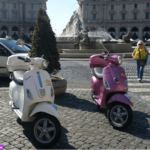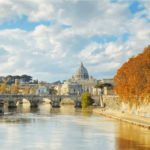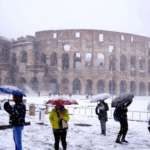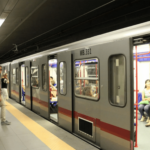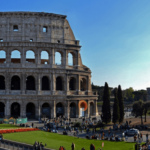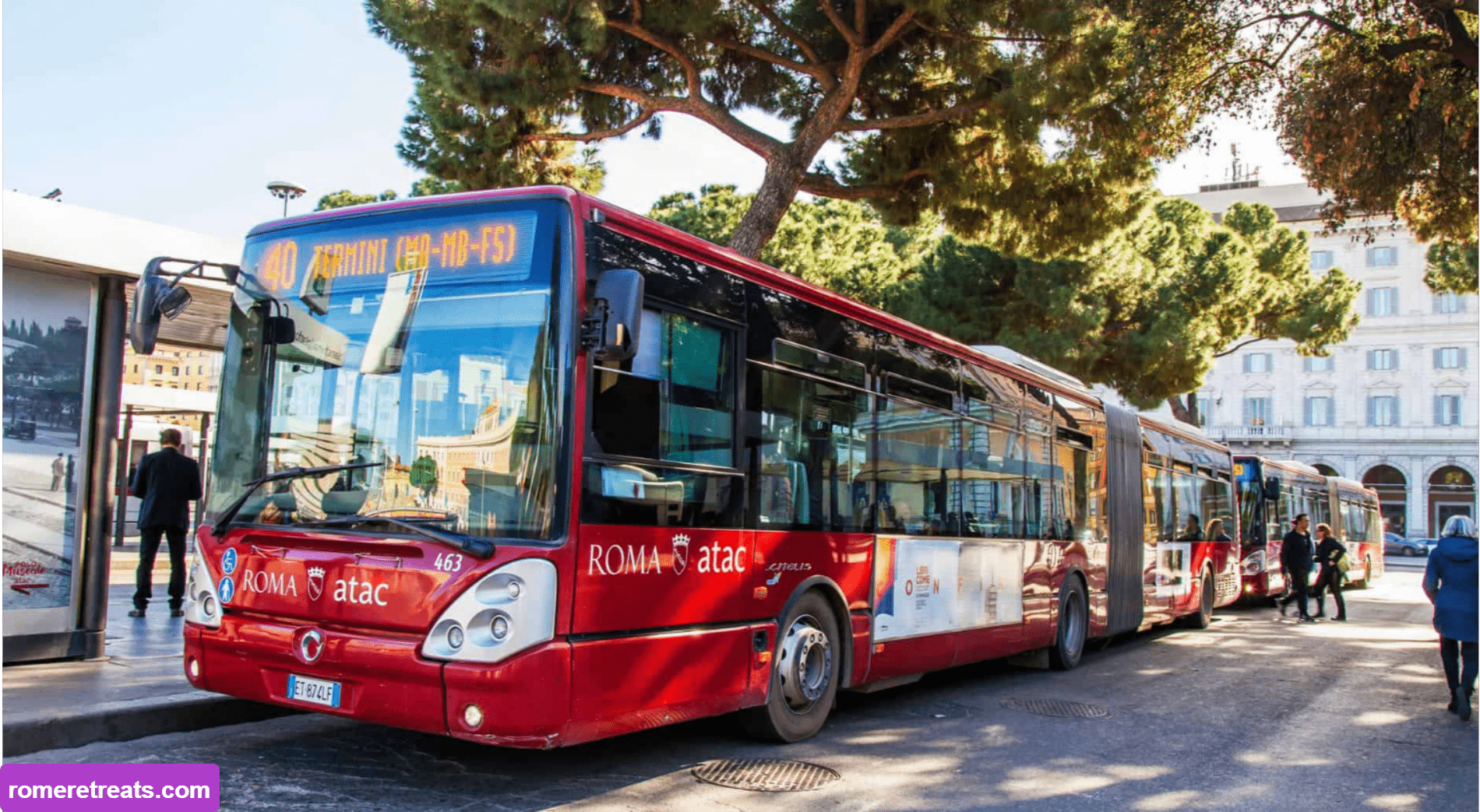Rome public transport system is widely known for its unreliability, a fact I can attest to after a decade of living in the city. If you’re just visiting Rome, you might experience these issues less acutely than a local waiting for a train to attend a meeting, or you might simply overlook them. Frequent delays, missed connections, and long waits at bus stops can make Rome seem larger than it is.
However, if your visit focuses on exploring major landmarks and you’re staying in the city center or near the Vatican, you can generally depend on public transport. Plus, it’s a budget-friendly option for getting around the city.
How to Navigate Rome Public Transport System
Essential Information: Purchasing and Pricing for Metro Passes and Bus Tickets
A single Rome metro ticket costs €1.50 and covers one metro ride, one train ride, and unlimited bus rides within 100 minutes of the initial validation.
Additional options include the ROMA 24H, ROMA 48H, and ROMA 72H tickets, priced at €7, €12.50, and €18 respectively. These tickets are valid for 24, 48, or 72 hours from the first use, providing unlimited rides within the urban area.
For longer stays, consider the weekly or monthly subscriptions. A 7-day pass costs €24 and is valid until midnight on the 7th day, including the day of validation. It allows unlimited rides throughout Rome.
There are also two types of monthly tickets: a single-user pass (€35) and a multiple-user pass (€53). The single-user pass is for one person and requires a name to be written on it, while the multiple-user pass can be used by various people. Both tickets come with an expiration date printed on the receipt, which must be shown along with the ticket upon inspection.
For residents or extended stays, an annual pass costs €250 and is valid for 365 days from the date of purchase. This pass comes as a magnetic card and requires both the card and the receipt to be shown if checked.
Tickets can be purchased from metro station machines, most newsagents, and “Sali e Tabacchi” shops. Monthly tickets can be obtained at stations and renewed online if your stay extends.
Rome Metro
For tourists staying mainly in the city center, the Rome metro is highly convenient—provided there are no strikes, which often occur on Fridays.
Rome’s metro system comprises three lines: A, B, and C. Line A runs from Battistini to Anagnina, stopping at key locations such as Cipro (Vatican Museums), Ottaviano (St. Peter’s Basilica), and Piazza di Spagna (Spanish Steps).
Line B stretches from Laurentina to Rebibbia, with notable stops at Colosseo (Colosseum), Circo Massimo (Circus Maximus), and Piramide (Protestant Cemetery). Line B also includes B1, which diverts from Bologna to Jonio.
Line C is the newest and is still under construction. Currently, it operates from Monte Compatri/Pantano to San Giovanni. Future expansions will connect more central areas and intersections with Line A.
For detailed maps and schedules, visit Atac’s official website. The metro remains one of the quickest ways to travel around Rome.
Rome Buses and Trams
While the metro is ideal for central travel, some areas lack metro coverage, making buses and trams necessary. Trams are preferable as they have dedicated lanes, avoiding traffic, though they don’t cover the entire city.
If you must use a bus, be prepared for potential delays and long waits. Popular buses include route 64, connecting Termini to San Pietro, and route 81, which goes from Piazza Venezia to the Prati neighborhood.
Central transport hubs include Termini station and Largo di Torre Argentina, which services several bus routes. For sightseeing, Hop-On Hop-Off buses offer a convenient way to explore major attractions with options for 24, 48, or 72-hour tickets.
Rome Trains
Rome’s extensive rail network is a favorite mode of transport for both city travel and day trips. Urban trains connect surrounding towns to the city center, providing an efficient means of travel.
Main train stations include Termini, Roma Ostiense, Roma Trastevere, and Roma Tiburtina. Key lines include the FM3 from Roma Ostiense to Viterbo, and connections to Bracciano and Monte Mario.
Rome Taxis
Taxis are readily available throughout Rome, with stations located at airports, major train stations, and popular landmarks. It’s often best to call and book a taxi, especially if the light on top is green, indicating availability.
You can also use Uber in Rome for a cash-free experience. For strikes or delays, private drivers like Welcome PickUps offer reliable alternatives.
Public Transport for a Day Out
Many trains from Rome also serve nearby towns. For example, the Ostia Lido railway from Piramide metro station takes you to Ostia Antica. Tickets for regional trips can be purchased from Trenitalia or Atac depending on the destination.
If traveling solely by train, consider purchasing a Trenitalia ticket for €1 if not using other public transport. For longer trips, an Atac ticket can be used for combined travel.
Public Transport to Rome’s Airports
Rome is served by two main airports: Fiumicino and Ciampino. Options for reaching Fiumicino include the Leonardo Express train from Termini or regional trains from Ostiense or Trastevere. Buses from Via Marsala offer a cheaper alternative.
Ciampino can be reached by metro to Anagnina and then a Cotral bus, or by bus from Termini. For a private and comfortable transfer, consider booking a service with Welcome PickUps.
Pickpocketing in Rome: Safety Tips
Pickpocketing is a common issue on Rome’s public transport. Here are some tips to stay safe:
- Wear Anti-Pickpocketing Clothes: Consider using clothing with hidden pockets or pickpocket-proof gear, especially in summer when it’s harder to conceal valuables.
- Avoid Peak Hours: If possible, use public transport outside of rush hours to avoid crowded conditions that attract pickpockets.
- Keep Wallets Secure: Avoid placing wallets in back pockets. Instead, use inner pockets or hidden compartments.
- Close Your Bag: Ensure your bag is zipped and keep the opening facing towards you. If using a backpack, carry it in front of you or place it between your feet.
